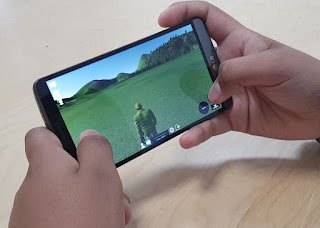During 5-9 Jun we played host to three Yr10 students from Aston University Engineering Academy students on work experience. Two of them (Daniel and Humza) had already spent a week with us earlier in the year. Here is their collective report (verbatim).
HUMZA
Chatbot & Chatscript
Monday - We were assigned our tasks and our mentors to help us with our tasks. Adam showed me what a chatbot is and an example of one. Then he showed me the coding behind the bot.
Tuesday - I started to write some of my own code for the Henry Bot. Just some of the basics. Towards the end of the day Adam asked me to think of a topic for me to program my own bot on.
Wednesday - I couldn’t think of a topic so Adam chose one for me. I then had the rest of the day to code my bot and occasionally getting help from Adam. The image below shows me chatting to the bot.
Thursday - I was close to finishing my bot, Adam wanted me to start learning HTML and CSS coding, so I could create a webpage to talk to the bot online.
Friday: Adam was not here so I was not able finish my web page for the bot. Overall, I have had a good week and learnt a lot of skills that I can use later in life.
DANIEL
Fieldscapes
Monday - Out of the three options we were given, I chose to complete the Fieldscapes task. For this I had to download the Fieldscapes app onto my phone and was given a few hours to test out most of the maps and report any bugs I found. Alongside this, I gave feedback of suggestions or any improvements they could make. The image shows some of my suggestions.
Tuesday - I had the task of searching for 3D models of props that would replace existing props. However, while looking for models I had to consider the different file types that Unity accepts and if they fit into the criteria.
Wednesday - On Wednesday, I created a word document that explains to a new user how each widget works and what it does. For example, the Tape Measure. For me to complete this task, I had to use Fieldscapes and try out each widget. Towards the end of the day, Humza and I created videos showing how to play Fieldscapes on mobile.
Thursday - After David purchased the props, I imported them into Unity and began resizing and texturing them. However, I mainly focused on an idea that David came up with regarding an intractable chess board. This required me to texture, resize and add a collider to each chess piece. I resized the new props by using various old props as reference to what size ‘roughly’ they should be.
Friday - On the last day, I finished up previous scripts and wrote my blog.
JULIO
Amazon Alexa Skill & Javascript
Monday - On the first day at Daden I had to learn how to code with JavaScript, this meant that I had to use code academy and complete the course on JavaScript
Tuesday - On the next day with my new knowledge of JavaScript I was given the task of producing a new skill for Alexa, this was supposed to take in a question which would then output a response, the coding was in JavaScript. The skill was based on the fact that Alexa had to say, “Hello world” due to a trigger which would have been my question. The image is a screen shot of the Alexa skill building app.
Wednesday - Being halfway through the week I was tasked with exploring a new objective which was to use Zap works to create some augmented reality content. This website allowed the user to create a storage of the information which a marker would trigger the “pop up” of the context which could either be images, videos, soundtracks, or information which would be linked to websites. There were different stages that had different levels of difficulty in the making but there was more manipulation over the content which meant that augmented reality could be created.
Thursday - On Thursday I carried on with the building of three new intents for Al
exa, this time alone, when I finished this I had to learn how to use switch statements to reduce the amount of code there was and to make the code more efficient, once this was done I had to change the utterances of the skills to make grammatically correct so that it makes sense to the person saying the skill. Finally, I had to find out why the response that Alexa gave started with “undefined” but I didn’t manage to do it so I had to use a replace method in order to replace undefined with “The answer is ”. The image shows a switch statement I wrote in my Alexa skill.
Friday - On the last day of my work experience I had to create this blog as my final task.



















